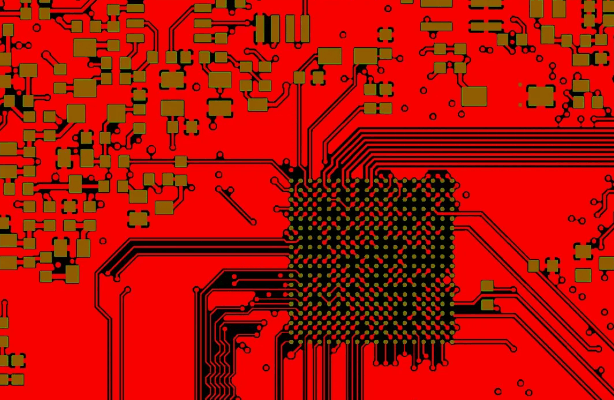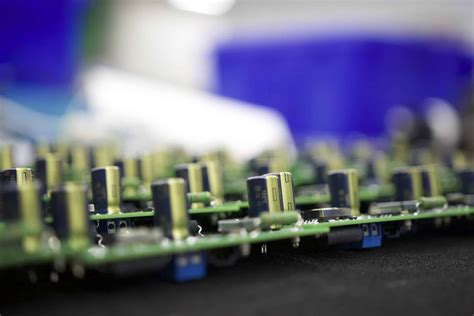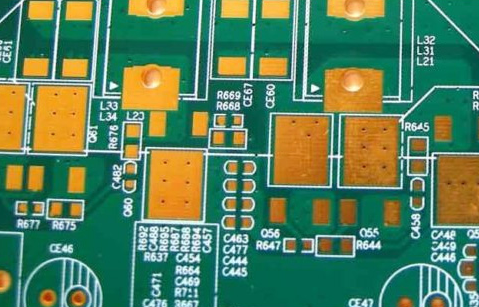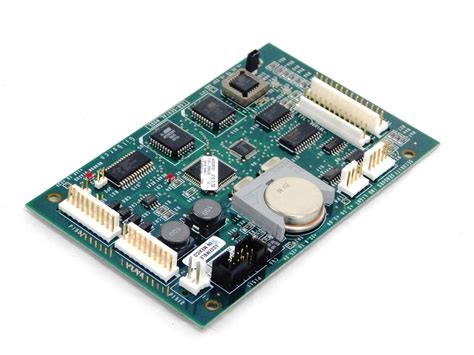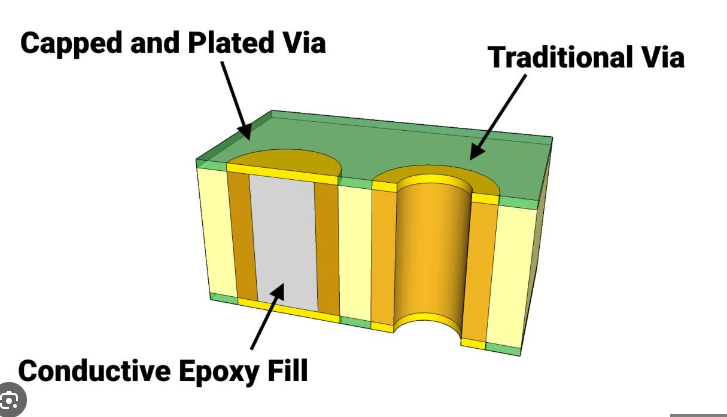Pcb data
Understanding PCB Data Formats
Printed Circuit Boards (PCBs) are the backbone of modern electronic devices, serving as the foundation upon which electronic components are mounted and interconnected. Understanding PCB data formats is crucial for engineers, designers, and manufacturers to ensure seamless communication and efficient production processes. These data formats encapsulate the intricate details of PCB designs, enabling the accurate translation of conceptual designs into physical boards.
One of the most widely recognized PCB data formats is Gerber, which has been the industry standard for decades.
Gerber files, typically with extensions such as .GBR or .PHO, contain information about the copper layers, solder mask, and silkscreen layers of a PCB. These files are vector-based and describe the geometric shapes and features of each layer, allowing manufacturers to precisely replicate the design. The Gerber format has evolved over time, with the latest version, Gerber X2, incorporating additional metadata to enhance clarity and reduce the potential for errors during fabrication.
In addition to Gerber files, Excellon files are commonly used in PCB manufacturing.
These files, usually with a .DRL extension, provide drilling information, specifying the locations and sizes of holes to be drilled in the PCB. Accurate drilling is essential for component placement and electrical connectivity, making Excellon files a critical component of the PCB data package. The combination of Gerber and Excellon files ensures that both the layout and mechanical aspects of the PCB are accurately conveyed to the manufacturer.
Another important PCB data format is the IPC-2581, an open and neutral standard developed by the Institute for Printed Circuits (IPC).
Unlike Gerber files, which are layer-specific, IPC-2581 is a comprehensive format that encapsulates all aspects of the PCB design, including layout, drilling, assembly, and testing information. This holistic approach simplifies data management and reduces the risk of discrepancies between different files. By adopting IPC-2581, designers and manufacturers can streamline their workflows and improve overall efficiency.
Moreover, ODB++ is another format that has gained popularity in the PCB industry.
Developed by Valor Computerized Systems, ODB++ is a unified data format that integrates design, fabrication, and assembly information into a single file. This format supports a wide range of data, including netlists, component placements, and layer stack-ups, providing a complete representation of the PCB design. The use of ODB++ can significantly reduce the time and effort required for data preparation, leading to faster turnaround times and improved product quality.
Transitioning from traditional formats to more advanced ones like IPC-2581 and ODB++ requires careful consideration and collaboration among all stakeholders.
While these newer formats offer numerous advantages, their adoption may necessitate updates to existing software tools and workflows. Therefore, it is essential for organizations to evaluate their specific needs and capabilities before making the switch.
In conclusion, understanding PCB data formats is fundamental to the successful design and manufacturing of printed circuit boards. Gerber and Excellon files have long been the industry standards, providing detailed information about the layout and drilling aspects of PCBs. However, newer formats like IPC-2581 and ODB++ offer more comprehensive solutions, integrating various aspects of the design and manufacturing process into a single file. By staying informed about these formats and their respective benefits, industry professionals can enhance their workflows, reduce errors, and ultimately produce higher-quality PCBs.
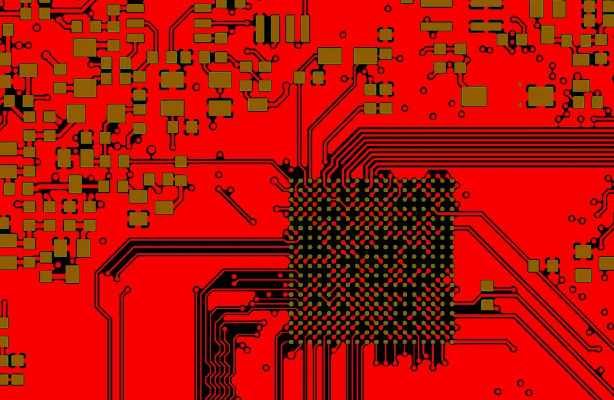
Best Practices for PCB Data Management
Effective management of Printed Circuit Board (PCB) data is crucial for ensuring the success of electronic design and manufacturing processes. As the complexity of electronic devices continues to increase, so does the volume and intricacy of the data associated with PCB design. Consequently, adopting best practices for PCB data management is essential for maintaining accuracy, efficiency, and consistency throughout the product lifecycle.
To begin with, it is imperative to establish a centralized data repository.
This repository serves as the single source of truth for all PCB-related information, including design files, component libraries, and manufacturing specifications. By centralizing data, organizations can minimize the risk of discrepancies and ensure that all stakeholders have access to the most up-to-date information. Furthermore, a centralized repository facilitates version control, enabling teams to track changes and revert to previous versions if necessary.
In addition to centralizing data, standardizing file formats and naming conventions is another critical best practice.
Standardization helps streamline communication between different teams and tools, reducing the likelihood of errors and misinterpretations. For instance, using consistent naming conventions for design files and components can simplify the process of locating and referencing specific data points. Moreover, adhering to industry-standard file formats ensures compatibility with various design and manufacturing software, thereby enhancing interoperability.
Another essential aspect of PCB data management is the implementation of robust data validation and verification procedures.
These procedures are designed to identify and rectify errors early in the design process, thereby preventing costly rework and delays. Automated design rule checks (DRCs) and electrical rule checks (ERCs) are invaluable tools in this regard, as they can quickly detect issues such as short circuits, open circuits, and component placement violations. Additionally, conducting thorough design reviews and simulations can help verify the functionality and performance of the PCB before it moves to the manufacturing stage.
Effective communication and collaboration among team members are also vital for successful PCB data management.
Utilizing collaborative design tools and platforms can facilitate real-time communication and data sharing, enabling teams to work together more efficiently. For example, cloud-based design environments allow multiple users to access and edit the same design files simultaneously, fostering a more cohesive and integrated workflow. Regular meetings and status updates can further enhance collaboration by ensuring that all team members are aligned and informed about the project’s progress.
Moreover, maintaining comprehensive documentation is a best practice that should not be overlooked.
Detailed documentation provides a clear record of design decisions, changes, and justifications, which can be invaluable for troubleshooting and future reference. This documentation should include design specifications, test plans, and manufacturing instructions, among other relevant information. By keeping thorough records, organizations can improve traceability and accountability, ultimately leading to higher-quality products.
Finally, investing in ongoing training and education for team members is essential for staying current with the latest advancements in PCB design and data management.
As technology evolves, so do the tools and techniques used in the industry. Providing regular training opportunities can help ensure that team members are proficient in using the latest software and methodologies, thereby enhancing overall productivity and effectiveness.
In conclusion, best practices for PCB data management encompass a range of strategies aimed at centralizing data, standardizing processes, validating designs, fostering collaboration, maintaining documentation, and investing in education. By adhering to these practices, organizations can improve the accuracy, efficiency, and consistency of their PCB design and manufacturing processes, ultimately leading to the successful development of high-quality electronic products.
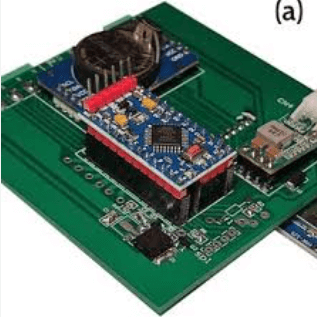
The Role of PCB Data in Manufacturing
Printed Circuit Boards (PCBs) are the backbone of modern electronic devices, serving as the foundation upon which electronic components are mounted and interconnected. The role of PCB data in manufacturing is pivotal, as it encompasses a wide array of information that guides the entire production process, from design to final assembly. Understanding the significance of PCB data is essential for ensuring the efficiency, accuracy, and quality of electronic products.
To begin with, PCB data includes detailed design files that specify the layout, dimensions, and placement of components on the board.
These design files, often created using Computer-Aided Design (CAD) software, are crucial for translating conceptual designs into physical products. The data contained within these files ensures that the PCB is manufactured to precise specifications, minimizing errors and reducing the likelihood of costly rework. Furthermore, the design files provide a blueprint for automated machinery used in the manufacturing process, enabling high levels of precision and repeatability.
In addition to design files, PCB data encompasses information related to the materials and components used in the manufacturing process.
This includes the type of substrate material, the thickness of copper layers, and the specifications of components such as resistors, capacitors, and integrated circuits. Accurate and comprehensive material data is essential for selecting the appropriate manufacturing processes and ensuring that the final product meets the required performance standards. For instance, the choice of substrate material can significantly impact the thermal and electrical properties of the PCB, influencing its reliability and longevity.
Moreover, PCB data plays a critical role in quality control and testing.
During the manufacturing process, various tests are conducted to verify the integrity and functionality of the PCB. These tests, which may include electrical testing, X-ray inspection, and automated optical inspection, rely on PCB data to determine the expected performance parameters and identify any deviations from the norm. By providing a reference point for comparison, PCB data helps manufacturers detect defects early in the production process, thereby reducing the risk of faulty products reaching the market.
Transitioning to the logistical aspects, PCB data also facilitates supply chain management and inventory control.
Detailed information about the components and materials required for PCB production allows manufacturers to plan and manage their inventory more effectively. This ensures that the necessary materials are available when needed, reducing lead times and minimizing production delays. Additionally, accurate PCB data enables manufacturers to track the usage of materials and components, providing valuable insights into consumption patterns and helping to optimize procurement strategies.
Furthermore, PCB data is instrumental in ensuring compliance with industry standards and regulations.
Many electronic products are subject to stringent regulatory requirements, such as those related to electromagnetic compatibility (EMC), environmental impact, and safety. PCB data provides the necessary documentation to demonstrate compliance with these standards, facilitating the certification process and ensuring that products can be legally sold in various markets. This is particularly important in industries such as automotive, aerospace, and medical devices, where regulatory compliance is critical to ensuring the safety and reliability of products.
In conclusion, the role of PCB data in manufacturing is multifaceted and indispensable. From guiding the design and production processes to ensuring quality control, managing supply chains, and achieving regulatory compliance, PCB data underpins every aspect of PCB manufacturing. As technology continues to advance and electronic devices become increasingly complex, the importance of accurate and comprehensive PCB data will only continue to grow, underscoring its vital role in the production of high-quality electronic products.
How to Secure Your PCB Data
Printed Circuit Boards (PCBs) are integral to modern electronics, serving as the backbone for most electronic devices. As the complexity and functionality of PCBs have increased, so too has the importance of securing the data associated with them. Ensuring the security of PCB data is crucial for protecting intellectual property, maintaining competitive advantage, and safeguarding against malicious attacks. To achieve this, several strategies and best practices can be employed.
Firstly, it is essential to implement robust access control measures.
Limiting access to PCB design files and related data to only those individuals who absolutely need it can significantly reduce the risk of unauthorized access. This can be achieved through the use of strong passwords, multi-factor authentication, and role-based access controls. By ensuring that only authorized personnel can access sensitive data, the likelihood of data breaches is minimized.
In addition to access control, encryption plays a vital role in securing PCB data.
Encrypting data both at rest and in transit ensures that even if data is intercepted or accessed by unauthorized individuals, it remains unreadable and unusable. Employing advanced encryption standards (AES) and secure communication protocols such as TLS can provide a high level of security for PCB data. Regularly updating encryption keys and protocols further enhances the security posture.
Another critical aspect of securing PCB data is the implementation of comprehensive data backup and recovery plans.
Regularly backing up PCB design files and related data ensures that, in the event of data loss or corruption, a recent and accurate copy of the data is available for restoration. It is important to store backups in secure, off-site locations and to test recovery procedures periodically to ensure they function as expected.
Moreover, the use of secure design and manufacturing processes can help protect PCB data throughout its lifecycle.
This includes employing secure coding practices, conducting thorough design reviews, and performing regular security assessments. By identifying and addressing potential vulnerabilities early in the design process, the risk of security breaches can be significantly reduced. Additionally, working with trusted and reputable manufacturing partners who adhere to stringent security standards can further safeguard PCB data during production.
Furthermore, educating employees about the importance of PCB data security and providing regular training on best practices is essential.
Human error is often a significant factor in data breaches, and well-informed employees are better equipped to recognize and respond to potential security threats. Training should cover topics such as recognizing phishing attempts, securely handling sensitive data, and reporting suspicious activities.
Lastly, staying informed about the latest security threats and trends is crucial for maintaining the security of PCB data.
The cybersecurity landscape is constantly evolving, and new threats emerge regularly. By staying up-to-date with the latest developments and incorporating new security measures as needed, organizations can better protect their PCB data from emerging threats.
In conclusion, securing PCB data requires a multifaceted approach that includes robust access control measures, encryption, data backup and recovery plans, secure design and manufacturing processes, employee education, and staying informed about the latest security threats. By implementing these strategies, organizations can effectively protect their PCB data, ensuring the integrity and confidentiality of their designs and maintaining their competitive edge in the market.

